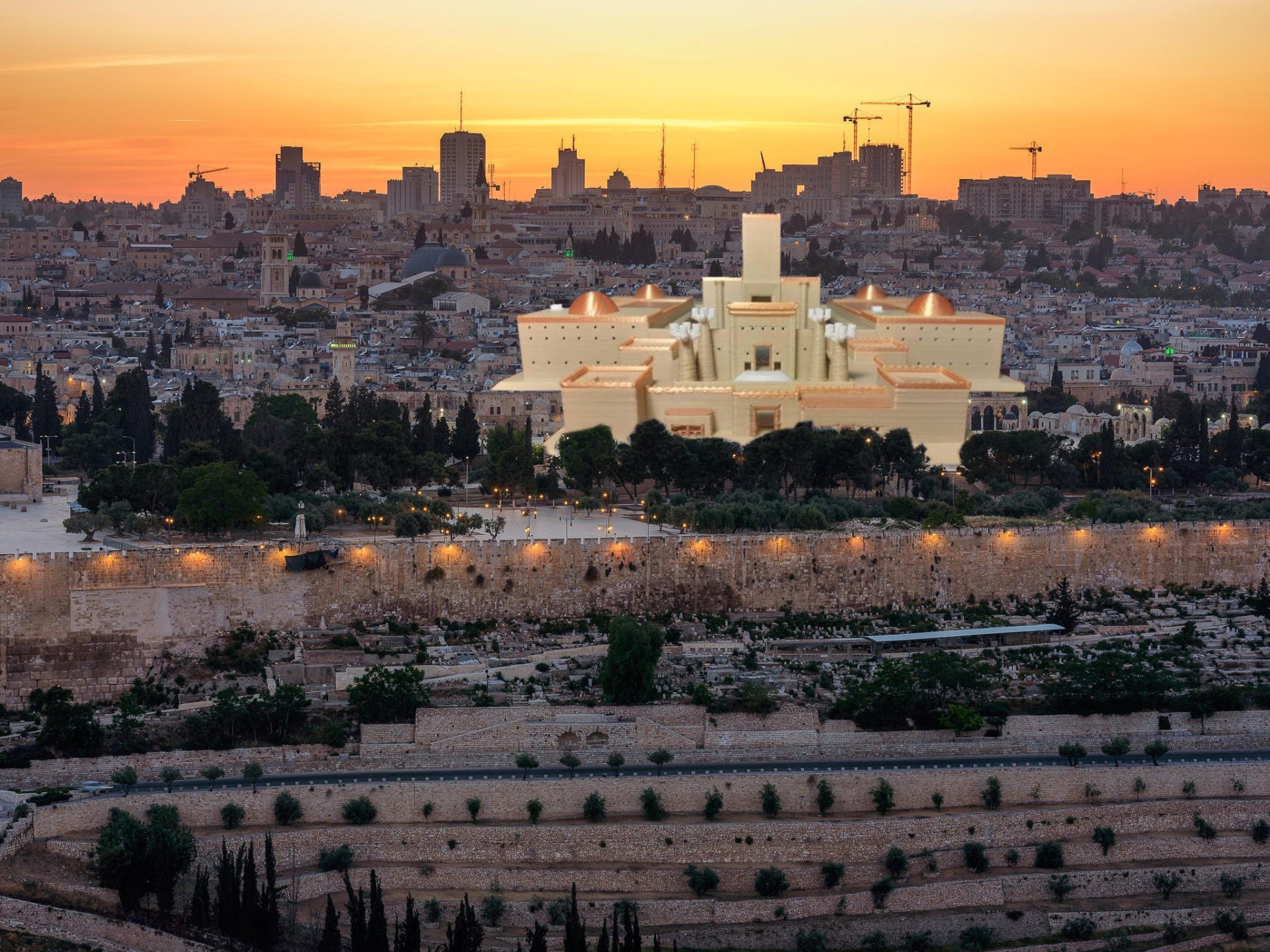Tisha B’Av, the Ninth of Av, is often seen as a day of fasting and mourning, a solemn remembrance of the destruction of both Temples and the Jewish people’s enduring exile. Yet, to view Tisha B’Av only as a day of grief is to miss its deeper purpose, a powerful call to be fully observant by pairing mourning with active steps toward rebuilding. The obligation to fast, rooted in the Talmud (Ta’anit 26a-b) and codified by Maimonides (Rambam, Hilchot Ta’aniyot 5:1), is not an isolated command. It is one half of a sacred duality, inseparably linked to the mitzvah of rebuilding the Temple (Hilchot Beit HaBechira 1:1). To be truly observant on Tisha B’Av, we must not let one command lie fallow while fulfilling the other. Mourning without rebuilding risks despair; rebuilding without mourning ignores the gravity of our loss. This day demands both, a heartfelt fast and tangible steps toward restoration, to transform grief into redemption.
The Heart of Tisha B’Av: Mourning as Motivation
The rituals of Tisha B’Av, fasting, sitting low, reading Lamentations (Eicha), and reciting kinot, are designed to immerse us in the pain of exile. The Talmud (Yoma 9b) teaches that the Temples fell due to spiritual failings, such as baseless hatred, making our mourning a call to repentance and unity. Rambam emphasizes that fasting is not merely a commemoration but a spur to teshuva (Hilchot Teshuva 9:2), urging us to address the root causes of destruction. By fasting, we acknowledge the Temple’s absence, but this acknowledgment is incomplete without action. The prophet Zechariah (8:19) promises that fasts like Tisha B’Av will become days of joy in the messianic era, hinting at the redemptive potential embedded in our grief. To mourn without acting is to stop at half measures; true observance demands we channel our sorrow into steps toward rebuilding.
Rebuilding: A Tangible Mitzvah
Just as fasting is a clear, embodied act, rebuilding the Temple is a concrete mitzvah. Rambam (Hilchot Beit HaBechira 1:1) declares that building the Temple is a positive commandment incumbent upon the Jewish people when conditions allow. While physical construction awaits divine or historical opportunity, preparation is within our reach. The Temple Institute in Jerusalem exemplifies this, crafting vessels, researching the red heifer, and training kohanim based on biblical and Talmudic specifications. These efforts, producing gold menorahs, priestly garments, or oils, mirror the donations for the Tabernacle (Exodus 25:2-7) and are seen as fulfilling preparatory mitzvot (Hilchot Melachim 11:1-4). Even small contributions, like donating to such initiatives, are tangible acts of rebuilding, advancing the vision of restoration.
But rebuilding is not limited to physical efforts. The Talmud (Menachot 110a) equates studying the laws of the Temple service (avodah) with offering sacrifices, making intellectual engagement a form of reconstruction. Studying texts like Mishnah Middoth (on Temple measurements), Rambam’s Hilchot Beit HaBechira, or Ezekiel’s vision of the Third Temple (chapters 40-43) keeps the blueprint alive. These acts are accessible to all, requiring only a book and a willing heart. Prayer, too, is a building block. Reciting the Amidah’s petition for the Temple’s return or learning the Musaf service connects us to the avodah. Rav Kook (Orot, p. 70) saw such spiritual efforts as rebuilding the inner Temple of the Jewish soul, a foundation for physical restoration.
Balancing Mourning and Rebuilding
Being fully observant on Tisha B’Av means weaving mourning and rebuilding into a single tapestry. The Shulchan Aruch (Orach Chaim 559:3) notes that mourning restrictions ease after midday, opening space for hope. This is the moment to study Temple-related texts or reflect on how to foster Jewish unity, addressing the sin of baseless hatred that caused the Second Temple’s fall (Yoma 9b). By fasting in the morning and studying Middoth or supporting Temple initiatives in the afternoon, we honor both commands. This synthesis ensures neither lies fallow, transforming Tisha B’Av into a day of purposeful action.
Consider the example of modern Israel, where Religious Zionist communities balance fasting with hope. Some hold afternoon study sessions on the Temple’s laws, seeing the State of Israel as a step toward redemption. These groups fast to mourn the exile but also celebrate progress, like the Temple Institute’s work or the return to Zion. Their approach shows that mourning and rebuilding are not contradictory but complementary, each fueling the other.
A Call to Action: Take a Step Today
Tisha B’Av challenges us to match the tangible commitment of fasting with equally concrete steps toward rebuilding. Just as you dedicate a day to fasting, dedicate a moment to restoration. Here are practical ways to act:
- Study. Spend 30 minutes after midday reading Mishnah Middoth or Rambam’s Hilchot Beit HaBechira. This fulfills the Talmud’s promise that studying the Temple is like building it (Menachot 110a).
- Pray with intent. In the Amidah, focus on the Retzeh prayer, envisioning the Temple’s return. Let your words be a blueprint for hope.
- Contribute. Donate to organizations like the Temple Institute, supporting their work on vessels or the red heifer. Even a small gift is a mitzvah, echoing the offerings of Exodus.
- Unify. Reach out to a fellow Jew, mending divisions. Unity is the spiritual foundation of the Temple (Yoma 9b).
- Learn the avodah. Study the Temple service in tractate Yoma or Tamid, preparing your mind for its restoration.
Each act, however small, is a brick in the Third Temple. Just as fasting requires discipline, rebuilding demands intention. If you can commit to 25 hours without food, you can commit to a single page of Mishnah or a dollar toward a menorah. One should not be done without the other.


Leave a Reply